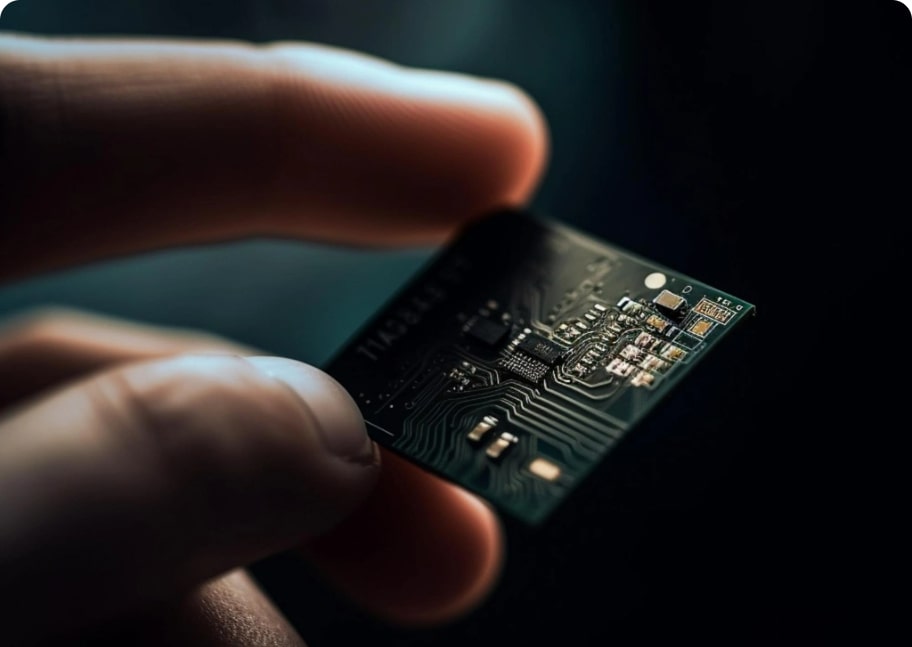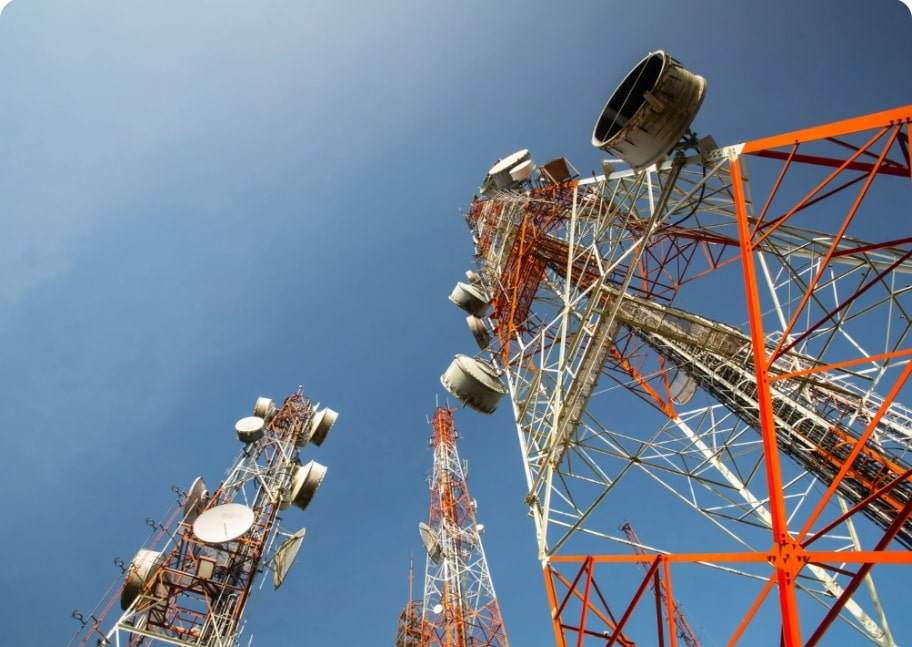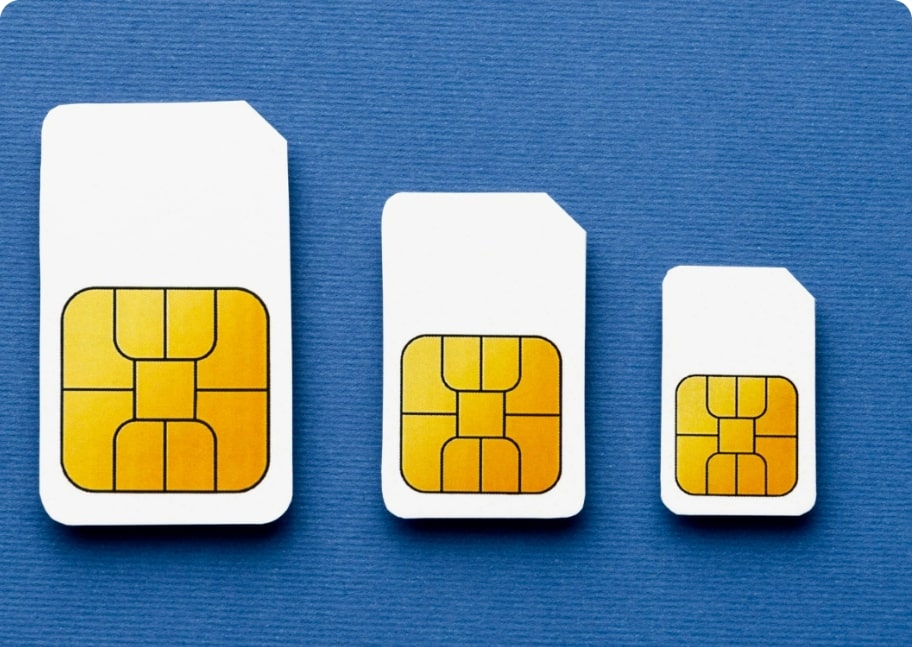In our increasingly digital world, where connectivity is paramount, safeguarding your personal data is more critical than ever. With the advent of eSIM technology, which offers convenience and flexibility, it’s essential to ensure that your digital identity remains secure. Here’s a guide on best practices for securing your eSIM and protecting your sensitive information.
Understanding eSIM Security
eSIMs, or embedded SIMs, are virtual SIM cards embedded directly into your device’s hardware. They function similarly to traditional SIM cards but offer the advantage of remote provisioning and the ability to switch between mobile networks without needing a physical SIM swap. While eSIM technology enhances convenience, it also introduces unique considerations for data security.
Best Practices for Securing Your eSIM
- Choose Reputable Providers: When selecting an eSIM provider, opt for reputable and trusted telecom companies or service provider. Research their security practices, encryption standards, and data protection policies to ensure your information is handled with care.
- Enable Device Security Features: Activate and regularly update security features on your device, such as biometric authentication (fingerprint or facial recognition) and device encryption. These layers of security help protect access to your eSIM profile and other sensitive data.
- Use Strong Authentication: When setting up your eSIM profile or accessing account information, use strong, unique passwords or PINs. Avoid using easily guessable combinations and consider enabling two-factor authentication (2FA) for an added layer of security.
- Regularly Update Software: Keep your device’s operating system, applications, and eSIM management software up to date. Updates often include security patches and bug fixes that address vulnerabilities that could be exploited by cyber threats.
- Monitor Account Activity: Regularly review your eSIM account activity and transaction history for any unauthorized changes or suspicious activities. Promptly report any discrepancies to your eSIM provider and take immediate action to secure your account.
- Avoid Public Wi-Fi for Sensitive Transactions: Public Wi-Fi networks can be vulnerable to hacking and eavesdropping. Avoid conducting sensitive transactions, such as accessing your eSIM account or making financial transactions, over unsecured Wi-Fi connections.
Securing your eSIM is essential to protect your personal information, maintain privacy, and prevent unauthorized access. By implementing these best practices, you can enjoy the convenience and flexibility of eSIM technology while minimizing potential security risks.
Remember, securing your eSIM is not just about protecting your data—it’s about safeguarding your digital identity and maintaining control over your mobile connectivity experience.







